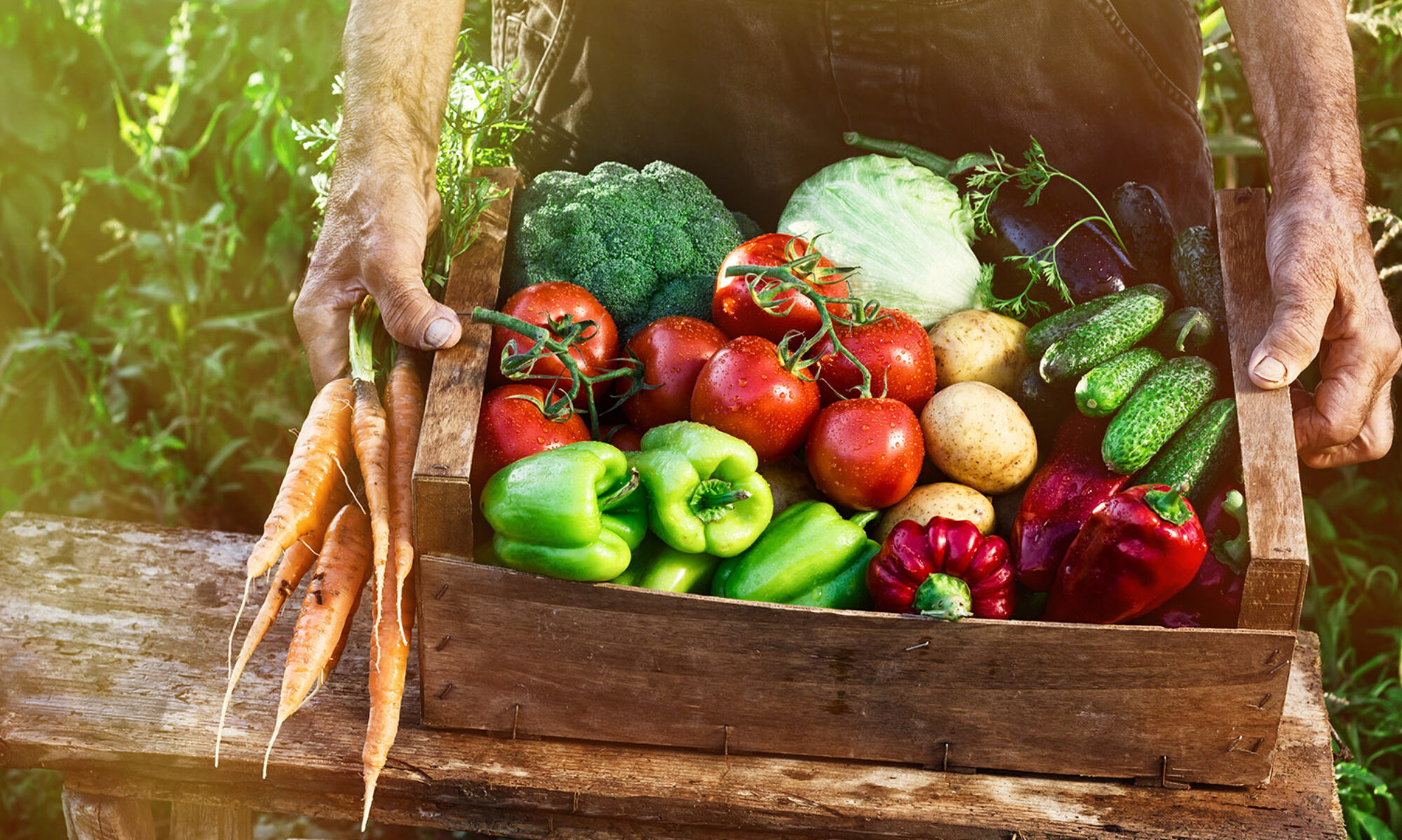Written by Ariel Ardura, 3L at Georgetown University Law Center and 2018-2019 FLSN Projects Chair
First came Bitcoin, then came spinach and lettuce?
As you may have heard, blockchain technology is poised to take over the food industry – Walmart is requiring its spinach and lettuce producers to put their records on a blockchain, Sweetgreen is using it to collect massive amounts of data, and that’s just the beginning. Blockchain is being touted as a way to transform the entire food industry, by increasing efficiency, transparency, and collaboration throughout the food system.
Blockchain is the technology underlying cryptocurrencies, including Bitcoin. It records transactions on a public, distributed ledger using a consensus of computer systems.
Walmart recently made headlines by announcing that it will begin requiring its lettuce and spinach suppliers to contribute to a blockchain database. The technology will enable the retailer to trace the source of its leafy greens much more quickly than it is able to under the current paper trail system. This could have huge implications for food safety, because it will allow the retailer to pinpoint a source of contamination when food-borne illness occurs much faster than it previously was able to. Walmart estimated that under the company’s current tracking system, it took days or even weeks for Walmart to track a package of mangos all the way back to the farm they were grown on. With its blockchain track-and-trace solution, they were able to pinpoint the original farm in seconds.
At the same time, it’s not exactly clear why using blockchain technology to do this is better than something like a database or other form of digital information storage. Blockchain is just a digitized record of whatever data is added by its members; it has no ability to verify the accuracy of the underlying data itself. Because the truth of the data is not evaluated by the blockchain, there’s no aspect of blockchain technology that can make sure that Walmart’s lettuce, for example, is actually free from contamination. So rather than use a blockchain, Walmart could simply build a database, give its leafy greens suppliers access to it, and have them input all of the required data to the database.
It may be that blockchain is just the en vogue technology at the moment. However, that does not mean it’s without value. Blockchain’s true potential may lie in using it in combination with other technologies and systems. Blockchain can be used in concert with sensors and precision delivery systems that all connect to a network, enabling the connected blockchain to capture large amounts of data, which can then be used to make the producer’s operations more efficient. For example, the sensors can capture information about water use, and from that data figure out how water usage can be reduced. Blockchain might also provide a way for farmers to get more information to consumers, such as whether a product was grown with herbicide.
The food industry’s use of blockchain technology is still in the beginning stages, but the possibilities look promising. Perhaps most importantly, blockchain can help improve trust in the food system by providing visibility to consumers into how the products they are consuming were produced.
